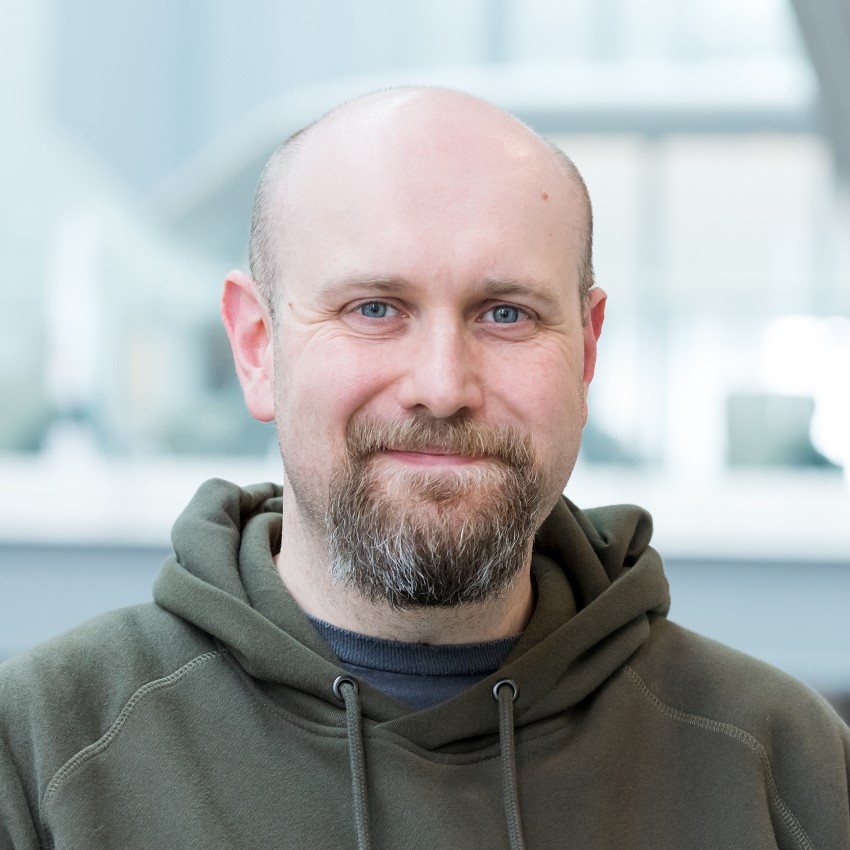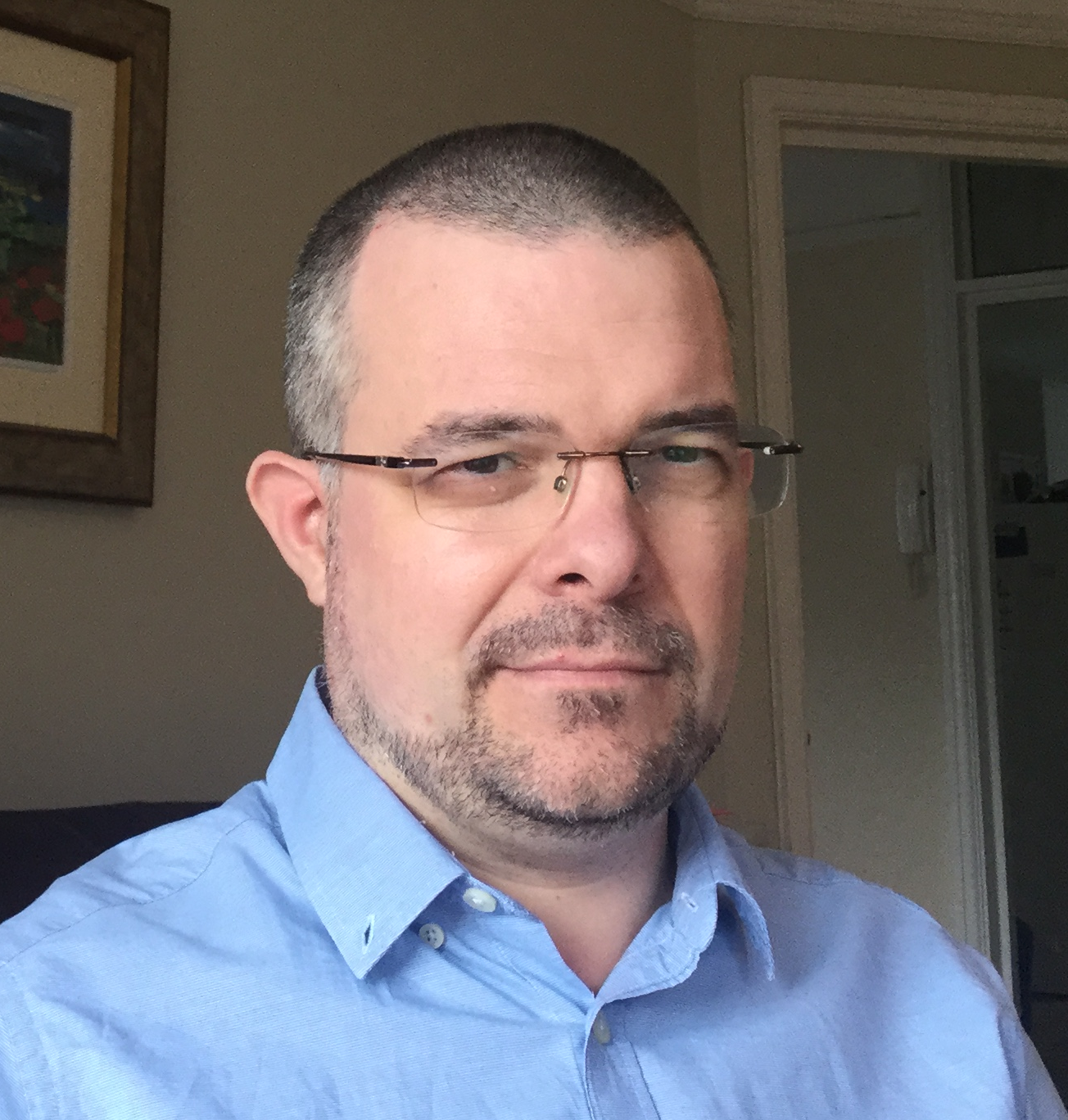Membership
|
Science Group |
|
|
|
Macromolecular Crystallography (MX) I03, I04, I04-1, I23, I24, VMXi, VMXm, HeXI, XFEL-Hub, MPL |
Dr Colin Levy
|
Dr David Briggs |
|
Soft Condensed Matter I22, B23, B22, B21 |
Dr Matthew Derry
|
Dr Arwen Tyler |
|
Magnetic Materials I06, I10, B16, I16, I21 |
Dr Kevin Edmonds Kevin.Edmonds@Nottingham.ac.uk
|
Dr Robin Perry |
|
Crystallography I11, I15, I15-1, I19 |
Nominations open for this post Previously Dr Ann Chippindale
|
Dr Enrique Jimenez-Melero |
|
Structures and Surfaces I05, B07, I07, I09 |
Nominations open for this post Previously Dr Gavin Bell |
Dr Anna Regoutz |
|
Spectroscopy I18, I20-1, I20-2, B18, |
Prof Andrea Russell
|
Dr Silvia Ramos-Perez |
|
Biological Cryo-Imaging eBIC, B24, Cryo-Fluorescence microscopy |
Dr Natasha Lukoyanova n.lukoyanova@mail.cryst.bbk.ac.uk
|
Dr Jamie Blaza |
|
Imaging and Microscopy I08, DIAD, I12, I13-1, I13-2, I14, ePSIC |
Nominations open for this post Previously Dr Marcus Newton
|
Dr Alexander Lunt |
|
Students/Postdocs and Early Career representatives |
|
|
Student Biological and Life Sciences |
Vacant |
|
Student Chemical and Physical Sciences |
Miss Hayley Gilbert |
|
Early Career/Postdocs Biological and Life Sciences |
Dr Charlie Collingham |
|
Early Career/Postdocs Physical and Chemical Sciences |
Dr Reshma Rao |
- Macromolecular Crystallography
- Soft Condensed Matter
- Imaging and Microscopy
- Crystallography
- Structures and Surfaces
- Spectroscopy
- Biological Cryo-Imaging
- Magnetic Materials
Macromolecular Crystallography: Science Group Representatives
Related beamline: I03, I04, I04-1, I23, I24, VMXi, VMXm, HeXI, XFEL-Hub, MPL
|
Dr. Colin Levy Senior Technical Specialist (XRD) Manchester Institute of Biotechnology, Faculty of Science & Engineering The University of Manchester Email:c.levy@manchester.ac.uk |
|
|
|
Dr David Briggs
In charge of X-ray crystallography for McDonald group. Interests include:
Techniques:
|
Soft Condensed Matter: Science Group representatives
Related beamlines: I22, B23, B22, B21
|
Dr Matt Derry Lecturer in Chemistry Department of Chemical Engineering and Applied Chemistry College of Engineering and Physical Sciences Aston University Birmingham B4 7ET
Email: m.derry@aston.ac.uk https://research.aston.ac.uk/en/persons/matthew-derry
|
|
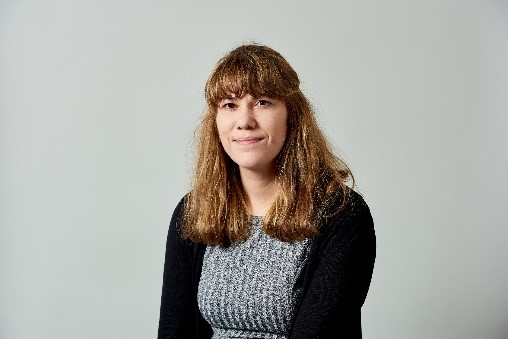 |
Dr. Arwen Tyler University Academic Fellow (Assistant Professor US equivalent) School of Food Science and Nutrition University of Leeds Leeds LS2 9JT
Email: a.i.i.tyler@leeds.ac.uk Tel: +44 (0)113 343 1423
Research interests include:
Techniques include: Static and time-resolved Small Angle X-ray/ Neutron Scattering, GI-SAS, cryo-TEM
|
Imaging and Microscopy: Science Group Representatives
Related beamlines: I08, I12, I13-1, I13-2, I14, ePSIC
|
Dr Alexander Lunt Senior Lecturer in Mechanical Engineering Faculty of Engineering and Design University of Bath Bath, BA2 7AY
Email: ajgl20@bath.ac.uk |
|
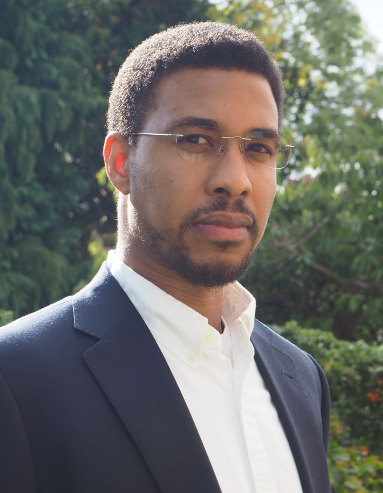 |
Dr Marcus Newton
|
Crystallography: Science Group Representatives
Related beamlines: I11, I15, I15-1, I19
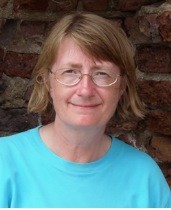 |
Dr Ann Chippindale Department of Chemistry University of Reading Whiteknights Reading RG6 6AD Email: a.m.chippindale.rdg.ac.uk Tel: +44 (0) 118 3788448
Research interests include the synthesis of new inorganic materials, in particular cyanide-based frameworks and zeolite materials. Characterisation methods include X-ray and neutron diffraction and inelastic neutron scattering. |
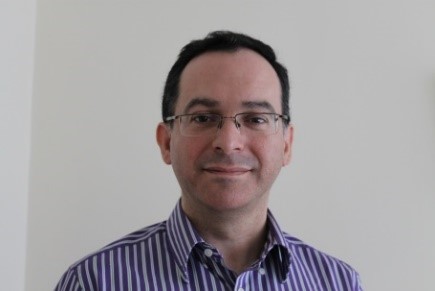 |
Prof Enrique Jimenez-Melero UKAEA Joint Chair in Materials for Fusion School of Metallurgy and Materials Department of Materials University of Birmingham Edgbaston Birmingham B15 2TT Email: e.jimenez-melero@bham.ac.uk
Enrique's research focuses on understanding and predicting the phase stability, micromechanics, work hardenability, and radiation tolerance of complex (ultra-) high-strength steels and refractory alloys for structural applications in nuclear fission and fusion power plants, and also in the automotive and aerospace industries.
His group performs real-time synchrotron X-ray power diffraction under mechanical stresses and elevated temperatures, and also single crystal 3-D X-ray diffraction (3DXRD) experiments on polycrystalline materials. This synchrotron-based work is complemented with analytical electron microscopy, neutron scattering and positron annihilation spectroscopy. Their specific research on nuclear materials revolves around understanding the radiation-induced microstructural damage and its impact on the structural integrity of reactor components, together with radiation protection and the development of safe systems of work to produce, handle and test radioactive material. |
Structures and Surfaces: Science Group Representatives
Related beamlines: I05, B07, I07, I09
|
DI Dr Anna Regoutz CAMS-UK Fellow University College London 20 Gordon Street London WC1H 0AJ Email:a.regoutz@ucl.ac.uk Web: https://a-x-s.org |
|
 |
Dr Gavin Bell Department of Physics University of Warwick Coventry CV4 7AL
Email: gavin.bell@warwick.ac.uk
I work in materials physics and lead the Surface, Interface & Thin Film Group at Warwick. The focus of my research is the growth by molecular beam epitaxy of functional materials, applying the techniques of surface science to understand epitaxial crystal growth. The systems include topological and magnetic materials for spintronics, 2D materials like graphene and boron nitride, and surface-modified photocathode.
|
Spectroscopy: Science Group Representatives
Related beamlines: I18, I20-1, I20-2, B18,
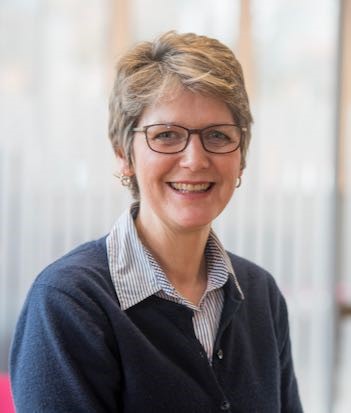 |
Prof Andrea Russell Professor of Physical Electrochemistry School of Chemistry University of Southampton Highfield Southampton SO17 1BJ
Email: a.e.russell@soton.ac.uk My research focuses on electrocatalysis and electrode processes, using a wide range of spectroscopic and structural techniques to characterise electrode materials and the electrode/electrolyte interface. My group and I have made use of synchrotron sources throughout Europe and the USA.
As a member of the DUC, I am particularly interested in hearing from users regarding the development of facilities, sample environments, equipment, and data analysis codes. In my view the DUC should be the voice of the user community in helping to direct resources in collaboration with the science teams at Diamond. |
|
Dr. Silvia Ramos Head of Physics and Astronomy Reader in Materials Physics Division of Natural Sciences Ingram Building University of KentCanterbury CT2 7NH U.K. e-mail: s.ramos-perez@kent.ac.uk |
Biological Cryo-Imaging: Science Group Representatives
Related beamline: B24, eBIC, Cryo-Fluorescence Microscopy
|
Dr. Natasha Lukoyanova |
|
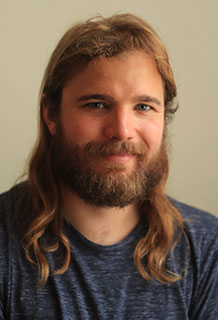 |
Dr Jamie Blaza Lecturer in cryoEM York Structural Biology Laboratory, Department of Chemistry, University of York
Email: jamie.blaza@york.ac.uk Tel: 01904 325887
Research techniques include:
Research interests include:
|
Magnetic Materials: Science Group Representatives
Related beamlines: I06, I10, I16, B16, I21
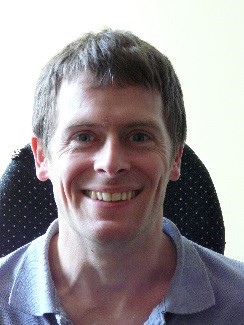 |
Dr Kevin Edmonds Associate Professor in Physics School of Physics and Astronomy University of Nottingham Nottingham NG7 2RD
Email: Kevin.Edmonds@nottingham.ac.uk Tel: +44 115 8467058
My research focuses on the development of metallic and semiconducting thin film materials and devices, and the exploration of their electronic, spintronic and structural properties. |
|
|
Dr. Robin Perry Principal Research Associate
Email: robin.perry@ucl.ac.uk
My research interests include
|


 A brighter light for science
A brighter light for science
